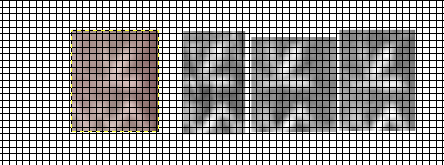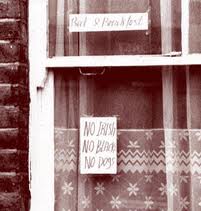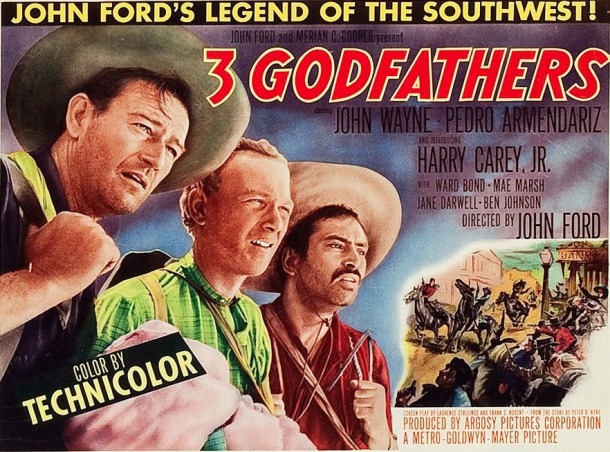No Irish, no blacks, no dogs.
This is a note for Bill Mulligan's Irish
Diaspora Studies Facebook group - there has recently been (yet more) newspaper
comment on that iconographic sign. And I
want to make some images available to the Facebook group.
I might return to this note at a later
date, if I find it needs tidying...
Tony Murray, who is quoted in the
recent Irish Post article about the sign, tells me that the image displayed
with that article - and in the 2015 Guardian article - is NOT the image stored
within the Archives of the Irish in Britain at London Metropolitan University.
London Metropolitan University would
charge a fee for the use of the image. Tony Murray thinks that someone constructed a version of the image to avoid paying a
fee. It is this doctored image that is
now widespread.
Nowadays it is possible to search the
web for images... I have found 4
versions...
1 IRISH, BLACKS, DOGS Window and Lace
Now very hard to find. This is the original Archives of
the Irish in Britain version - I have checked this with Tony Murray. Note the fuller view of the window, the IRISH,
BLACKS, DOGS sign, and above that the little Bed & Breakfast sign.
IRISH, BLACKS, DOGS a mixture of upper case and lower case lettering - note the lower case g in DOgS.
Note the version of the plus sign used
as an ampersand in Bed & Breakfast.
Note especially the lace curtain - an
important part of the iconography.
2 IRISH, BLACK, DOGS, Window no Lace
This version I discovered through the search. I have not seen this before. It must put Image 1 into a new context.
Again, a fuller view of a window - a window set into a
pebbledash wall. Similar but not identical
IRISH, BLACKS, DOGS sign. All upper case lettering, I think. Different layout
Bed & Breakfast sign - but similar ampersand.
No lace curtain.
3 IRISH, BLACKS, DOGS Lace no Window
This is the widespread version, believed
to be a doctored version of Image 1.
No wider image of the window, no Bed
& Breakfast sign.
The same PATTERN lace curtain as in Number
1. But there is distortion and modification. Note the three half stars to the left of the sign - there is nothing like that in Image 1.
A different IRISH, BLACKS, DOGS
sign - all upper case lettering. Note the extra white space underneath NO DOGS.
4 IRISH, BLACKS, DOGS Industrial
This turned up in the searches. I believe it to be a recent do-it-yourself
version to illustrate an online article.
Easy enough to do. I am digging.
There are lots of questions you can ask
of these images...
Versions 1 and 2 look so similar, and so
posed. Was a photographer given an
assignment?
Is that paper size A4? Look at the bricks to the left of the window. It has been pointed out to me that the piece of paper is the same height as two and a half
London house bricks. So maybe height 182 mm, much smaller that A4 paper, 297 mm.
Black marker pens?
All that being said, people whose word I
trust tell me that they saw such signs in real life, as young people in
London...
Now, my own comments...
Comment 1 - Search
We needed somewhere where we
could display the images in sequence, and make comparisons. This blog entry is the best I can find - and
it works...
I have not given any specific source for
each image. There is a convention, that we give a web address and the date a
web site was accessed. But that is
unhelpful here.
What you can do now, because I have
brought the images together, is do your own web search, see context and make
comparisons.
It will depend on how you have your own
computer set up, and on what your system allows. But, in Google Chrome, if you RIGHT CLICK on
an image, there is usually a way to search the Web for that image. You can test that now, here on this blog - RIGHT CLICK on the 4 photos that I have collected, above.
If you have Google Lens in place you can
click through to search in Google Images.
These are the hits through Google Images...
Searching again, January 11 2022, I
found
Image 1 (the original)
4 hits
Image 2 (the discovery)
3 hits
Image 3 (the image that we know is
doctored)
309 hits
Image 4 (the recent do-it-yourself)
1 hit
But Google Images also tries to link Image 4 with Image 3.
That is searching through Google Images
- other search systems create different patterns, and I am experimenting. But the overall pattern is clear.
Reaching Images 1 and 2 sometimes needs
a bit if digging into old blogs, which will test your ingenuity.
So the known phoney, Image 3, dominates. As we have seen - now that we have a context
- it is obviously a doctored image.
Amongst those 300 and more sightings of
Image 3 you will see many established newspapers and journals - it is very odd,
to put it mildly, that this image has been circulated and reproduced so widely
without anyone ever stopping to examine it.
Examine it and search for a
context. It is not hard. You have just done it.
Comment 2 - 'posed'
Dealing with the images in reverse
order...
4 IRISH, BLACKS, DOGS Industrial
This, I deduce, is a very recent do-it-yourself
effort, created to illustrate a legal article.
There is no attempt to set the scene, no B & B sign - it looks like
someone's office or factory.
I must include this image because it
will turn up in the search. It does show
the image search working well. And it
shows how much the IRISH BLACKS DOGS sign has indeed become an icon.
3 IRISH, BLACKS, DOGS Lace no Window
This is the widespread doctored version. I think that it is obviously a mock-up - I think that
there are clear signs of Cut & Paste.
2 IRISH, BLACK, DOGS, Window no Lace
This one is very interesting because -
as I say - I had not seen it before. Its
existence was revealed to me by the search.
It has all the elements of Image 1, the
two signs, the framing window. Note that
it is a casement window, in a pebble-dashed house - and you can just see some
stained glass in the lower part of the window above.
Trees are reflected in the window.
1 IRISH, BLACKS, DOGS Window and Lace
The important image, the image that is stored
in the Archives of the Irish in Britain at LMU.
I was first shown this image many decades ago - and when I was first
shown it I said that it looked posed.
Why do I think that Image 1 looks
'posed'?
It is too perfect. It tells the story too perfectly.
I had worked for Time Out
magazine in the 1970s - this is just the sort of thing a photographer sent out
to bring back an illustration would come back with.
It displays all the elements of the
narrative. It reads down within the
framing window frame.
First the Bed & Breakfast sign. The eye takes in the lace curtain
background. Then the No Irish sign
This is a B & B, this is a
respectable B & B - we don't want Irish, blacks or dogs.
What I have listed as Image 2, the new
discovery, is so similar - I think a good working assumption must be that the
same photographer was responsible for both Image 1 and Image 2.
But, if I were a picture editor choosing between 1 and 2, the lace
curtain would sell Image 1 to me.
The same reasoning, I guess, guided
whoever doctored Version 3. The lace
curtain sells it.
Note that this is a sash window, in a
London brick house. We feel we already
know that window - we have walked past it many times, a North London terrace.
The trees are clearly reflected in Image
2. Can we see something white reflected
in the window in Image 1? Some people think they can make out the white signage of a London bus.
Images 1 and 2... Two very similar photographs, telling the
same story in the same way, possibly by the same photographer. Are there more out there, is there a portfolio? Can we identify the photographer?
Conclusion
I think that I have taken this
discussion as far as is appropriate in a blog entry. Obviously the discussion could go in many
different directions. One direction
would be to explore the gaps and distortions in the research record of the
Irish in Britain, and of the Irish Diaspora more widely. This we are doing.
Previous discussion of these images has
spiralled in strange directions. Doubts
about a Robert Capa photograph do not lead to the suggestion that no one died
in the Spanish Civil War. Doubts about an
Alexander Gardner or a Matthew Brady photograph do not lead to the suggestion
that no one died in the American Civil War.
In the age of mechanical reproduction we really should not be sucked in
to defending the authenticity of any particular image.
In the 1970s and 1980s I worked with the
creative photographers of that period.
My home, in Bradford, Yorkshire, is not far from the National Science
and Media Museum - we spend a lot of time looking at photographs,
As I have said, the discovery of Image 2
must change the discussion. Images 1 and
2 are very interesting. As photographs
they are efficient. Perhaps someone did
wander the streets of London, camera at the ready.
Or perhaps someone, with appropriate
prayers, made an icon.
Patrick O'Sullivan
January 2022

Niall O'Leary writes...
Image 3 is immensely interesting. As you point out this is a modification of
Image 1. What has been done is that the
fold of the curtain containing the single half star to the left of the sign
has, for whatever reason, been cloned three times, with artefacts from the
(clumsy) cloning especially visible in the first fold. See the attached graphic where I have lined
up the star from the original, Image 1, and the three stars from image 3 side
by side behind a grid To my eyes they
are clearly the same star. Perhaps this is
just to obscure the copyrighted nature of the original as you say. Interesting all the same.
https://www.nialloleary.eu/









